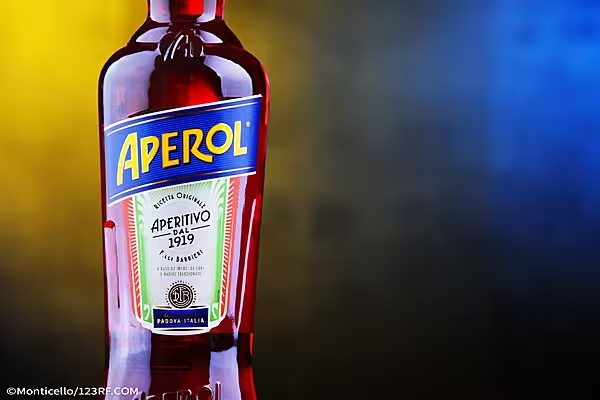Wine output from Europe's fifth-largest producer, Portugal, slumped by an estimated 20% this year, to two-decade lows, due to a heatwave in August and heavy rains that interrupted harvesting in October.
The National Statistics Institute said on Tuesday that all the country's wine-producing regions were likely to churn out just 5.2 million hectolitres, in a fall that contrasts with this year's rise in global wine production, to a five-year high.
Regional Output
Almost all Portuguese regions were affected, including the Douro Valley, in the north – famous for its port wines and various fine reds.
The southern region of Alentejo, which produces quality table wines popular at home and abroad, managed to maintain its 2017 output levels.
The International Organisation of Vine and Wine said last month that global output rose over 12%, to 282 million hectolitres – one of the largest volumes of the century.
Portugal used to be mainly known for its fortified wines, such as port and Madeira, but advances in the quality of its table wines in the past two decades have won it accolades from critics, helping to boost exports.
A hectolitre is 100 litres, or the equivalent of 133 standard wine bottles.
News by Reuters, edited by ESM. Click subscribe to sign up to ESM: European Supermarket Magazine.











